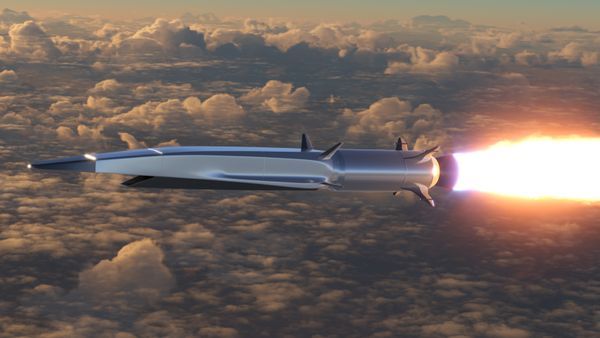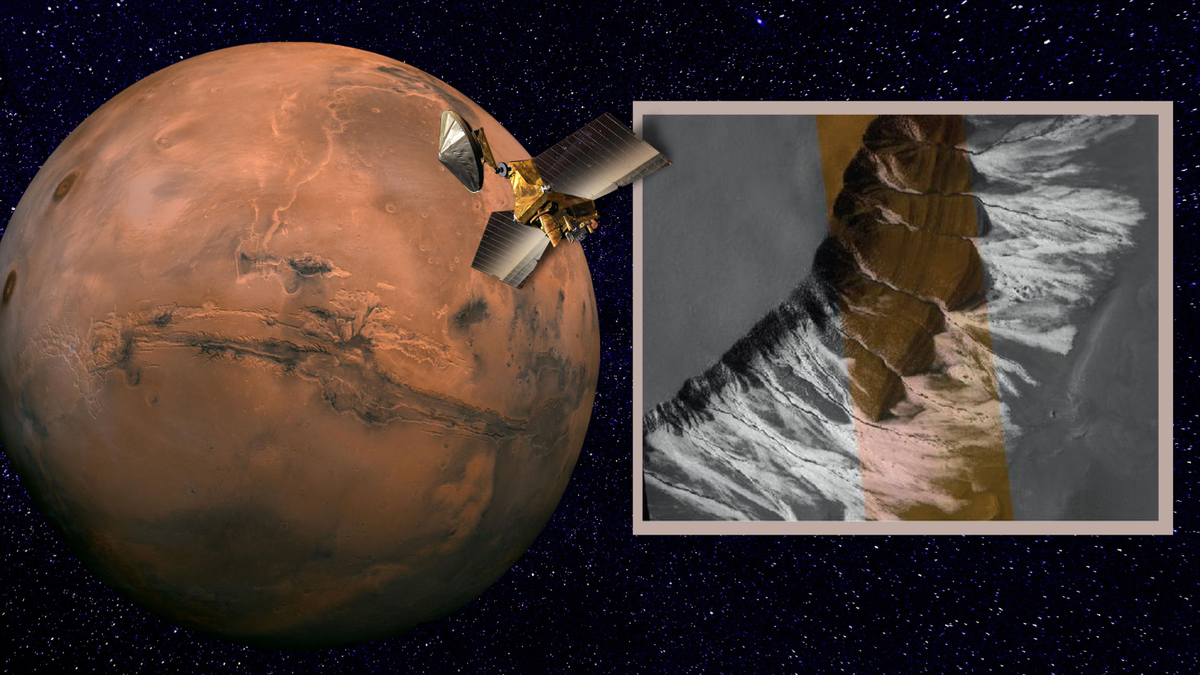Solar Storms: Impacts on Earth and Beyond
Space weather, though often perceived as a distant concept, has direct consequences on Earth when solar storms occur. These phenomena, such as solar flares, give rise to mesmerizing displays like the Northern Lights but can also disrupt communications systems and power grids temporarily. Recent findings from NASA shed light on a notable solar event from 2021, highlighting the importance of understanding and monitoring such events as space agencies prepare for missions beyond Earth’s orbit.
Impacts on Space Exploration
Space agencies, in their efforts to send astronauts into space and plan missions to new frontiers, face the challenge of monitoring solar storms that can potentially endanger humans, satellites, and spacecraft. A release from the European Space Agency in 2023 underscored the significance of observing energetic particles from solar outbursts simultaneously affecting the Earth, moon, and Mars for the first time, raising concerns about space radiation’s threat to future exploration endeavors.
Insights from Multiple Spacecraft
NASA’s heliophysics missions utilize spacecraft to delve deeper into space weather phenomena and understand the aftermath of solar events when particles are released into space. A recent article from NASA exemplified the collaborative efforts of multiple spacecraft in studying the impacts of solar storms originating from the sun. The unprecedented widespread solar outburst on April 17, 2021, captured by six spacecraft at different vantage points, provided a unique perspective on such events, demonstrating the value of data from multiple sources in comprehending the scale and implications of solar storms.
Learnings and Future Research
By analyzing data from various spacecraft impacted by the solar outburst, researchers could discern differences in particle distribution and origins, enhancing understanding of solar energetic particles’ behavior during such events. The delineation of electron and proton sources and acceleration processes from this event showcases the complexity of space weather dynamics and the necessity for continued research to navigate these challenges in space exploration. Insights gained from these studies will inform future missions and contribute to a broader understanding of space weather phenomena.
The study, published in the journal Astronomy & Astrophysics, heralds a new era in space exploration research, paving the way for enhanced capabilities in monitoring and mitigating the impacts of solar storms on spacecraft and human missions beyond Earth’s orbit.
Image/Photo credit: source url





